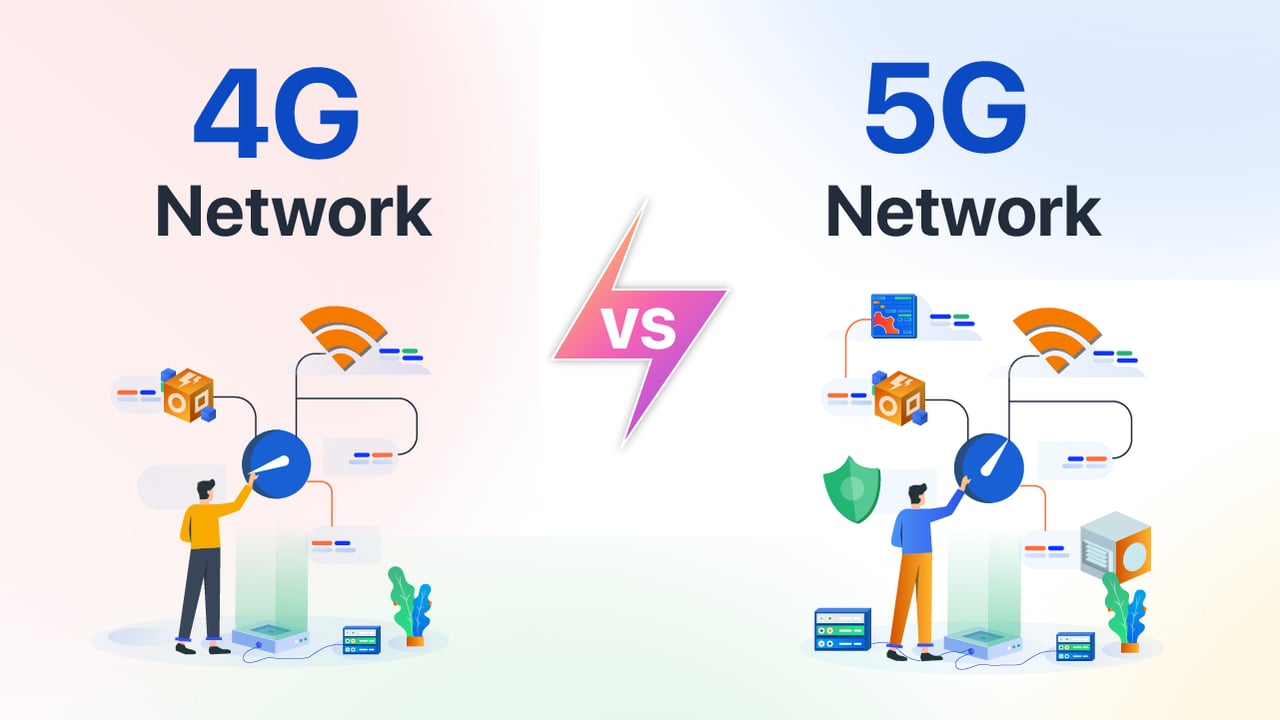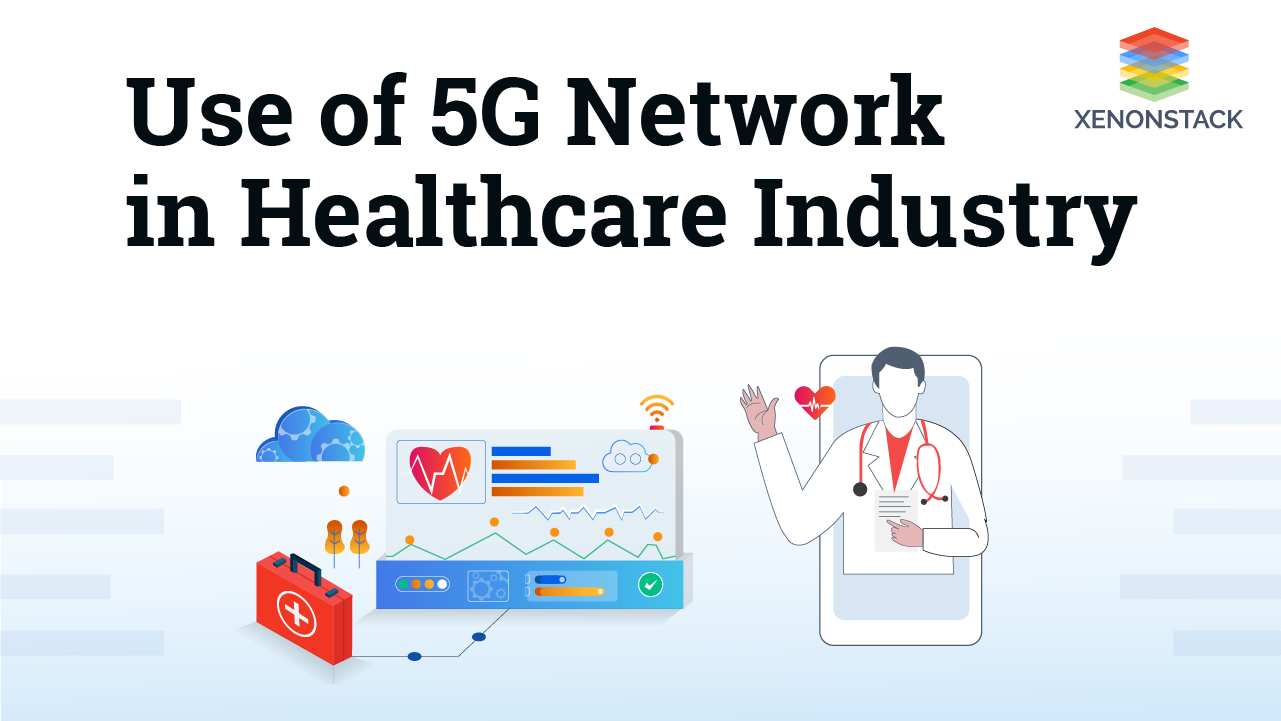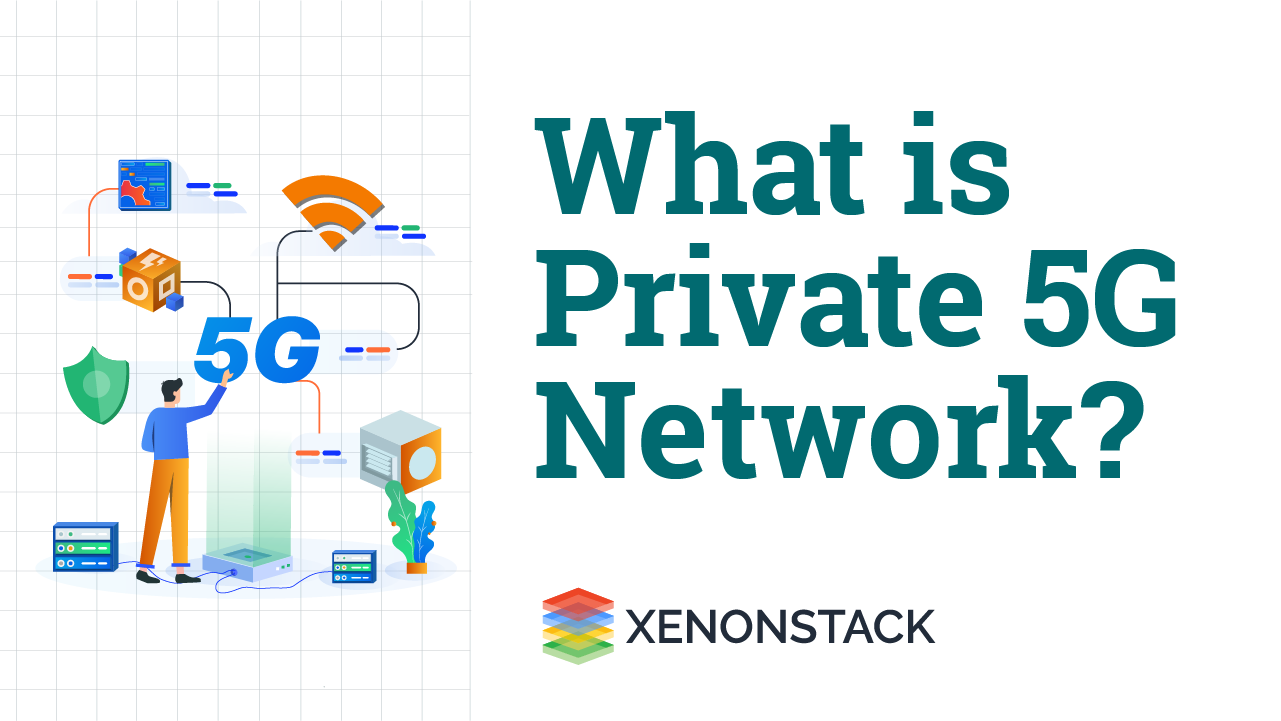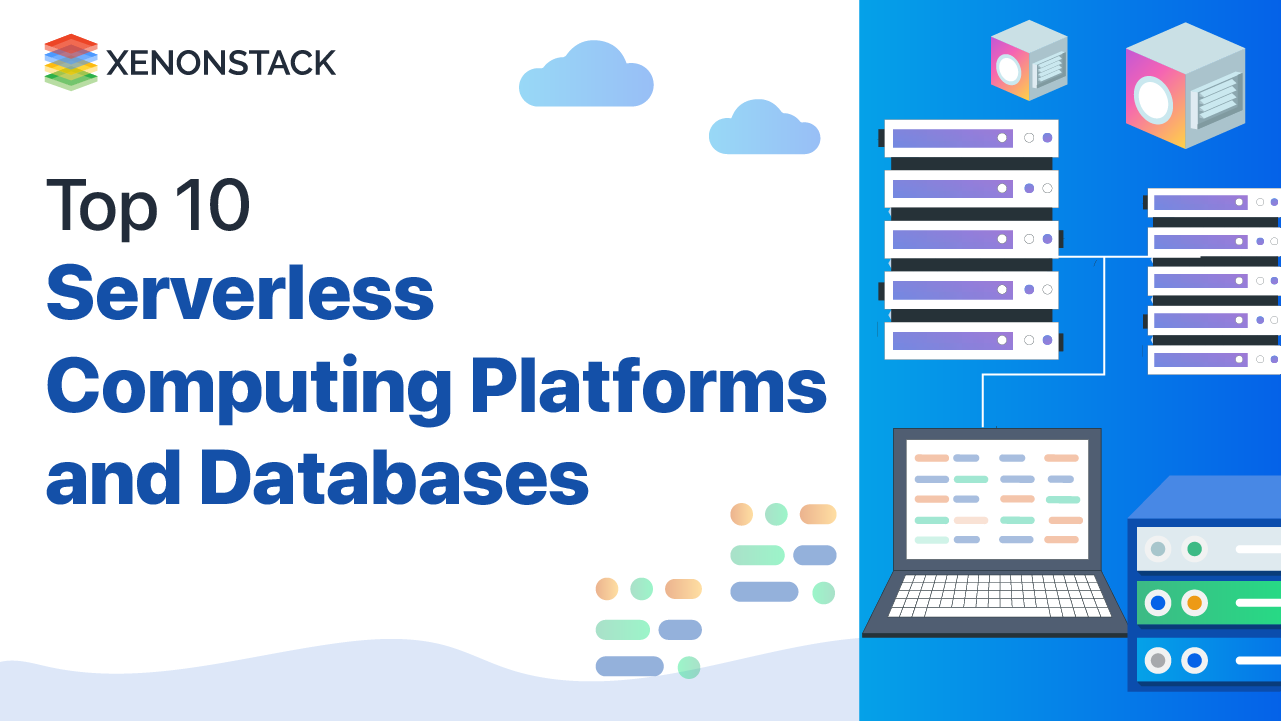
In today's digital age, the need for faster and more reliable network connectivity is more crucial than ever. Whether you're streaming video content, playing online games, or leveraging digital transformation tools for business operations, the quality of your experience depends largely on network speed and reliability. With the advent of 5G technology, discussions around 4G vs 5G comparison have become increasingly relevant.
The Role of 4G and 5G in Digital Transformation
As industries adopt digital transformation technologies, including retail digital transformation, digital transformation in healthcare, and digital transformation in manufacturing, the network they rely on plays a pivotal role. This article provides an in-depth 4G vs 5G comparison, evaluating speed, latency, coverage, and other key factors shaping the future of connectivity.
4G vs 5G: Impact on Connectivity and Digital Transformation
Speed
4G networks brought a significant improvement over 3G, offering download speeds of up to 100 Mbps. This advancement enabled businesses to integrate Digital Business Automation tools, allowing smoother operations and enhanced customer experiences.
5G takes speed to the next level, with potential real-world applications reaching up to 2 Gbps. This upgrade is crucial for industries adopting digital transformation in travel and digital transformation in healthcare, where real-time data transmission can improve operations, enhance patient care, and optimize logistics.
Latency
Latency is a critical factor in connectivity. 4G networks typically experience a latency of 30-50 milliseconds, which can hinder applications requiring real-time responsiveness, such as telemedicine and augmented reality in digital transformation in manufacturing.
5G significantly reduces latency to as low as 1 millisecond, making it ideal for Digital Business Automation, remote surgeries, and AI-driven customer interactions in retail digital transformation. This improvement ensures faster, more reliable communication between devices, enhancing efficiency across industries.
Coverage
4G networks provide extensive coverage, making them a stable option for both urban and rural areas. This has been particularly beneficial for businesses implementing digital transformation frameworks that require a consistent and reliable network infrastructure.
5G, however, is still in its early deployment phase. Its higher frequency bands require a denser network of towers, which may limit its reach in rural areas. As 5G expands, it will further enable digital transformation in travel, enhancing smart city applications and connected transportation systems.
Reliability
4G networks are quite reliable for most typical uses today including browsing, streaming, and downloading. However, during peak times or in densely populated areas, you might experience a decrease in speed or quality.
5G aims to offer "network slicing," which means it can allocate a portion of its network for specific tasks, making it highly reliable for critical applications like emergency services and industrial automation where an interruption in service can have severe consequences.
Energy Efficiency
4G networks were not designed with energy efficiency as a top priority. The large-scale infrastructure required to maintain 4G services consumes substantial energy.
5G has been developed with a focus on energy efficiency. The technology aims to deliver up to 90% energy savings per service provided, making it more sustainable in the long run.
Cost
As 4G technology is well-established, the cost of 4G-enabled devices and data plans has decreased over time, making it widely accessible.
Currently, 5G technology is more expensive to implement and maintain, leading to pricier devices and data plans. However, as the technology matures and becomes more widespread, these costs are expected to go down.
From 4G to 5G: Advancements in Wireless Technology
Both 4G and 5G have their own sets of advantages and drawbacks. While 4G provides a reliable and widely available network for today's needs, 5G promises a future of faster speeds, lower latency, and greater reliability for a variety of applications beyond just smartphones. However, it will take time for 5G to become as widespread and affordable as 4G. Until then, both networks will coexist, providing consumers with a range of options to fit their specific needs.
Unpacking the Technical Intricacies
Built on Long-Term Evolution (LTE) technology, 4G was developed to replace 3G and provide a quicker, more reliable method of wireless communication. LTE uses OFDM (Orthogonal Frequency Division Multiplexing) and allows for higher data rates and better use of the spectrum.
5G technology goes a step further, employing a new kind of architecture known as New Radio (NR), which supports millimetre-wave frequencies. This increases bandwidth availability and permits more devices to be connected simultaneously. Furthermore, 5G introduces the concept of beamforming, a technique that focuses a wireless signal towards a specific receiving device rather than spreading it in all directions.
Exploring Real-world Applications
4G already made streaming services like Netflix and Spotify more usable on mobile devices, turning smartphones into potent tools for entertainment, business, and communication. It also paved the way for the "gig economy," giving rise to app-based services like Uber.
5G will make an even broader impact, particularly in sectors requiring real-time data and remote operations. Examples include telemedicine, where 5G could enable doctors to perform complex procedures remotely through robotic arms, or in agriculture, where farmers can use drones for real-time monitoring of large areas.
How 4G and 5G Are Transforming IoT Connectivity
While 4G did bring some support for IoT (Internet of Things) devices, it was still somewhat limited in terms of handling many devices simultaneously. 5G will revolutionize the IoT landscape by enabling seamless communication between devices. This will give a significant boost to smart homes, smart cities, and industrial IoT, providing a level of interconnectivity that 4G could never achieve.
Battery Life
4G networks, while efficient for data transmission, can be a drain on battery life due to the constant need for high power to maintain data speeds.
5G is designed to be more energy-efficient, allowing for longer battery life. However, this will only become evident as the technology matures and becomes optimized for various use-cases.
Security Concerns
4G networks have their share of vulnerabilities, but they are generally considered secure for most applications. The encryption methods used in 4G are robust, providing a secure channel for data transmission.
5G promises even stronger encryption and the potential for greater security measures, thanks to its layered approach to data transmission. However, the increased complexity also opens more potential points of attack, necessitating a more robust security framework.
5G is the 5th generation mobile network. It is a new global wireless standard after 1G, 2G, 3G, and 4G networks. 5G enables a new kind of network that is designed to connect virtually everyone and everything together including machines, objects, and devices.
The Future of 4G and 5G Connectivity
The transition from 4G to 5G won't happen overnight. For the foreseeable future, these technologies will coexist, each serving needs and use-cases. While 4G will continue to provide more than adequate service for everyday tasks, 5G will increasingly become the network of choice for next-generation applications requiring the highest speeds, lowest latencies, and seamless device inter-connectivity.
Both 4G and 5G networks have unique strengths and limitations. As consumers, understanding these can help us make more informed decisions. For businesses and industries, leveraging both can lead to more efficient operations and open doors to innovation.
Next Steps for 5G Adoption and Implementation
Talk to our experts about implementing 4G and 5G networks. Learn how industries and different departments use high-speed connectivity and low-latency communication to become more efficient. 5G technology helps automate and optimize IT support and operations, improving efficiency and responsiveness.


